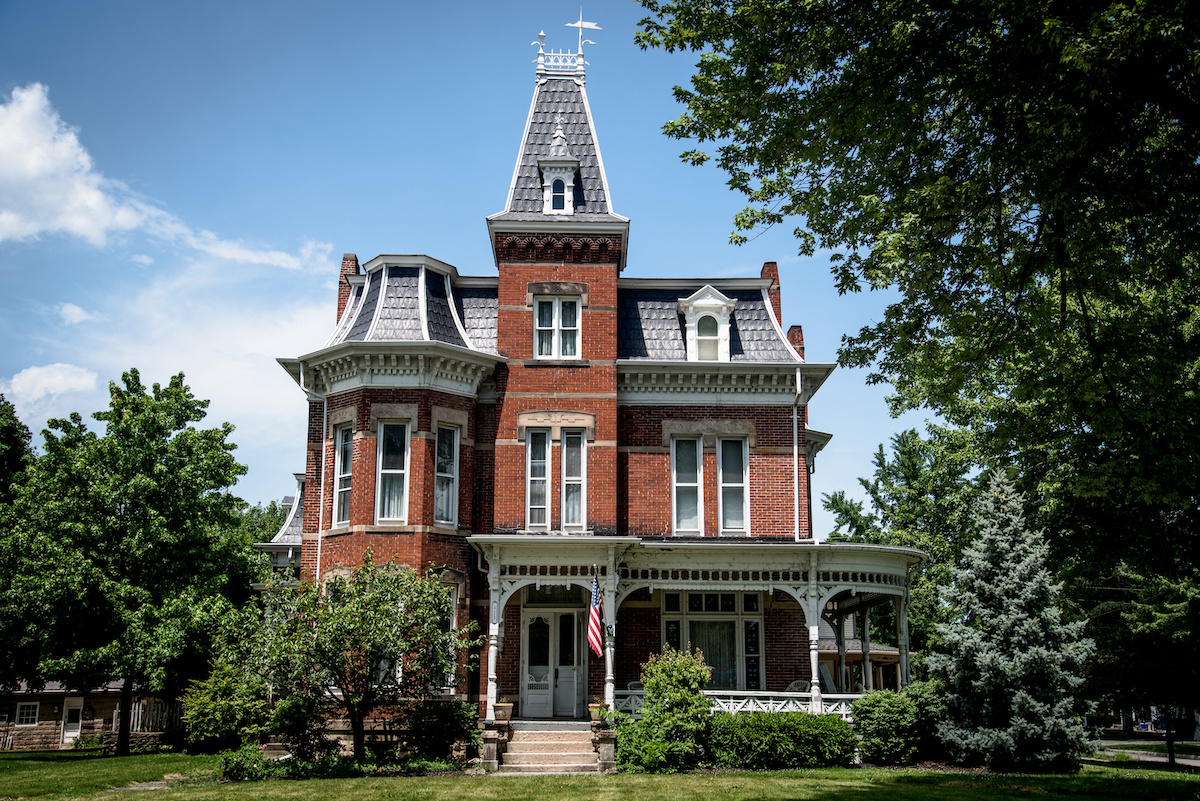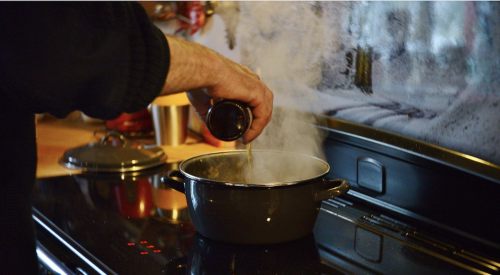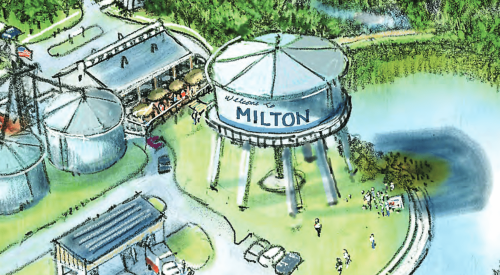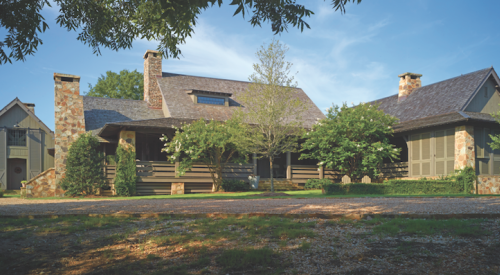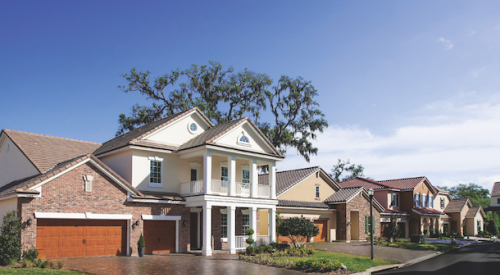When Historic New England opened some of its homes to the public after the onset of the pandemic, it knew good air circulation was an important factor in keeping visitors safe and healthy. Thankfully, old homes do airflow right. Historic design and construction ensured homes remained cool on hot days—they had to, there were no HVAC systems yet. At Historic New England’s Hamilton House, opposing windows keep air moving through the home, a regular practice for 18th and 19th century homes. Dog trot or breezeway houses offer the same mechanism, and stack rooms atop one another around central hallways, reports Forbes.
“Then, by the 1860s,” he continues, “house design was moving into a new era, the Victorian. Houses became asymmetrical, with more complex interior layouts. But they were still quite savvy about keeping interiors cool in the summer: they added deep porches, which created a cool belt around the house. This was also the era of awnings, which created shade.”
He points to another innovative cooling device at the Eustis Estate, another Historic New England property. Built in 1878 in Milton, Massachusetts, the Victorian manor has a long underground tunnel that brings cool air into the house.
In Woodstock, Connecticut, stands Roseland Cottage, a pink Gothic Revival fantasia built in 1846 as a summer home. Another Historic New England site, it has a system that pulls in outdoor air and dehumidifies it.
“When we opened a few of our houses to the public after being shut down because of Covid, we knew that air circulation is one of the major factors in how the virus is transmitted,” Haavik says. “In historic properties, we are limited in how we can modify them and usually can’t install HVAC systems.
